Karner blue butterfly (Lycaeides melissa samuelis)Federal Status: Endangered Host plant: Wild lupine (Lupinus perennis) Historical Range: Illinois, Indiana, Massachusetts, Michigan, Minnesota, New Hampshire, New York, Ohio, Pennsylvania, Wisconsin. History and Description: The Karner blue butterfly was first described more than a century ago in Karner, New York. It is a small butterfly, with a wingspan of about one inch. The male's wings are distinctively marked with a silvery or dark blue color. The female is grayish brown, especially on the outer portions of the wings, to blue on the topside, with irregular bands of orange crescents inside the narrow black border. (ECOS- Environmental Conservation Online System) While adult Karner blues feed on a variety of plants, wild lupine is the only known food plant for their larvae. Without wild lupine the cycle of life for this butterfly would be broken. Lupines are adapted to particular environmental conditions. The plants required by the larvae of the Karner blue, are found in savanna, barrens, and dune habitats which were once quite extensive. However, like many other places the habitats of the Karner blue have been subject to extensive development with a resulting decline in the butterfly. (USFWS Podcast Dave Harrelson) Callippe silverspot butterfly (Speyeria callippe callippe)Federal Status: Endangered Host plant: Johnny-jump- up (Viola pedunculata) Historical Range: California History: "The callippe silverspot was historically found around the eastern, southern, and western sides of San Francisco Bay, but is now limited to just seven sites. It is found in native grassland and adjacent habitats, where females lay their eggs on the larval food plant, Johnny-jump-up. The causes of the callippe silverspot’s decline are fairly clear: The vast majority of potential butterfly habitat lies under the cities of San Francisco, Oakland, and Berkeley, and what open areas remain within this butterfly’s range are dominated by introduced plant species. Many of these areas are also grazed by cattle, mined, or subject to heavy recreational use." (Xerxes Society) Bartram's hairstreak butterfly (Strymon acis bartrami)Federal Status: Endangered Host plant: Pineland croton (Croton linearis) Range: Florida History: The Bartram's Hairstreak is a small butterfly approximately 1 inch (in) (25 millimeters (mm)) in length with a forewing length of 0.4 to 0.5 in (10 to 12.5 mm) and has an appearance characteristic of the genus. Despite its rapid flight, this hairstreak is easily observed if present at any density as it alights often, and the brilliance of its grey underside marked with bold white postdiscal lines beneath both wings provides an instant flash of color against the foliage of its hostplant, pineland croton (Croton linearis). (ECOS- USFWS) Saint Francis' Satyr (Neonympha mitchellii francisci)Federal Status: Endangered Host plant(s): Grasses, sedges, and rushes and are usually located in wet meadows Range: North Carolina. History: "The Saint Francis’ satyr occurs in the sandhills of Cumberland and Hoke counties, North Carolina, (a single metapopulation) and has a single record in Virginia. Soon after its discovery in the 1980s, it was believed that this butterfly had been collected to extinction, but happily it was rediscovered in 1992. Its habitat is wet meadows, previously likely created by fire or beaver activity, although now mainly maintained by human activity. Despite its protected status, it is still in demand by collectors". (Xerxes Society) San Bruno elfin butterfly (Callophrys mossii bayensis)Federal Status: Endangered Host Plant: Sedum spathulifolium. Montara Mountain colonies are suspected to use Montara manzanita (Arctostaphylos montaraensis) and California huckleberry (Vaccinium ovatum). (Xerxes Society) Range: California. History: Its habitat has been diminished by quarrying, off- road recreation, and urban development. Development pressures on the San Francisco peninsula continue to grow, and the major threats to the butterfly— increased urbanization in the area, and loss of habitat by road construction and rock and sand quarrying—reflect this. Grazing may have encouraged the growth of exotic plants in the area. In the early 1980s, a habitat conservation plan was developed to allow development on San Bruno Mountain while minimizing the adverse effects on the San Bruno elfin butterfly and other rare species in the area. This plan is currently being amended, which may result in further urban development. (Xerxes Society) Miami Blue (Cyclargus thomasi bethunebakeri)Status: Endangered Host plant: Range: Florida Keyes History: This butterfly is one of the most endangered insects in the world. After Hurricane Andrew in 1992, there were no sightings of this species again until 1999 in Bahia Honda State Park. All known individuals were thought to be gone as of 2010. This leaves only a few scattered individuals in another population in the Marquesas Keys in Key West National Wildlife Refuge. (ECOS- USFWS) Schaus swallowtail (Heraclides aristodemus ponceanus)Status: Endangered Host plant(s): Torchwood and Wild lime Range: Florida. History: Listed on April 28th, 1976 as threatened, the Schaus swallowtail was the first butterfly to be protected under the Endangered Species Act, or ESA as the law is often referred to. This butterfly was originally described by William Schaus in 1911 from specimens collected in the south Miami area in 1898. The butterfly was originally distributed in southern Florida’s tropical hardwood hammocks from south Miami to Lower Matacumbe Key. Hardwood hammocks are a type of forest that is on ground that is slightly elevated above the surrounding landscape. These forests are essential for the survival of the butterfly. The ongoing loss of habitat and food plants was pushing the Schaus swallowtail even farther toward the brink of extinction. This resulted in the Fish and Wildlife Service reclassifying the butterfly to the more imperiled status of endangered in 1984. (Xerxes Society) Palos verdes blue butterfly (Glaucopsyche lygdamus palosverdesensis)Federal Status: Endangered Host Plant(s): Milkvetch and deerweed Range: Palos Verdes Peninsula (Los Angeles County), California History: The Palos Verdes Blue butterfly was listed as endangered in 1980 and was feared extinct until it was rediscovered in 1994. This butterfly's habitat is under constant threat of development. The population is also threatened by weed control, off-road vehicle use, non-native invasive plants, and fire suppression. Conservation initiatives include control of human use of the habitat, replanting of the host species, and a captive breeding program. (Xerxes society) Florida leafwing butterfly (Anaea troglodyta floridalis)Federal Status: Endangered Range: Florida Host plant: Pineland Croton Description and History: The Florida leafwing is a medium-sized butterfly approximately 2.75 to 3 inches (in) (76 to 78 millimeters (mm)) in length. The upper-wing (or open wing) surface color is red to red-brown, the underside (closed wings) is gray to tan, with a tapered outline, cryptically looking like a dead leaf when the butterfly is at rest. The Florida leafwing exhibits sexual dimorphism, with females being slightly larger and with darker coloring along the wing margins than the males. The Florida leafwing occurs only within pine rocklands that retain its hostplant, pineland croton. Uncompahgre fritillary butterfly (Boloria acrocnema)Federal Status: Endangered Host plant: Snow willows (Salix nivalis) Historical range: Colorado. Description and History: The Uncompahgre fritillary is a small butterfly with a 2-3 cm (1 inch) wingspan. Males have rusty brown wings criss-crossed with black bars; females’ wings are somewhat lighter. Underneath, the forewing is light ocher and the hindwing has a bold, white jagged bar dividing the crimson brown inner half from the purple-grey scaling on the outer wing surface. The body has a rusty brown thorax and a brownish black abdomen. The Uncompahgre fritillary butterfly was discovered on Uncompahgre Peak, Hinsdale County, Colorado on July 30, 1978. It was subsequently described as a new species. (ECOS- USFWS) ReferencesXerxes Red List of Butterflies and Moths: https://xerces.org/red-list-of-butterflies-and-moths/
U.S. Fish and Wildlife Service. ECOS Environmental Conservation Online System https://ecos.fws.gov/ecp0/reports/ad-hoc-species-report?kingdom=V&kingdom=I&status=E&status=T&status=EmE&status=EmT&status=EXPE&status=EXPN&status=SAE&status=SAT&fcrithab=on&fstatus=on&fspecrule=on&finvpop=on&fgroup=on&header=Listed+Animals Butterflies and Moths of North America. https://www.butterfliesandmoths.org/search/google/ Endangered Butterflies and Plants - USFS Podcast with Dave Harrelson https://www.fws.gov/pollinators/audio/EndangeredPollinators_Dave.mp3
75 Comments
12/11/2019 01:31:20 am
very useful article
Reply
Harold G. Whittaken
5/2/2023 08:14:59 am
Hello! Are you well? fdnjfhdufjdhfndddddddddddfhhhhhhhhhhhhdjjjjjjjjjjjjjhfffffffffffffffdjjjjjjjjjjjjjfhhhhhhhhhhhdjjjjjjjjjjjjjjjjjjjjjjjjjjjjjjjjjjjjjjjjjjjjjjjjjjjjjjjjjjjjjjjjjjjjjjjdjjjjjjjjjjjjjjjjjjjjjjjjjjjjjjjjjjjjjjjjjjjjjjjdddjjjjjjjjjjjjjjjjjjjjjjjjjjjjjjjjjjjjjjjjjjjjjjjjjjjjjjjjjjjjjjjjjjjjjjjjjjjjjjjjjjjjjjjjjjjjjjdjjjjjjjjjjjjjjjjjjjjjjjjjjjjjjjjjjjjjjjjjjjjjjjjjjjjjjjjjjjjjjjjdjjjjjjjjjjjjjjjjjjjjjjjjjjjjjjjjjjjjjjjjjjjjjjjjjjjjjjjjjjjdjjjjjjjjjjjjjjjjjjjjjjjjjjjjjjjjjjjjjjjjjjdjjjjjjjjjjjjjjjjjjjjjjjjjjjjjjjjjjjjjjjjjjjjjjjjjdjjjjjjjjjjjjjjjjjjjjjjjjjjjjjjjjjjjjjjjjjjjjjjjjjd
Reply
Harold G. Whittaken
5/2/2023 08:16:39 am
My goodness, you seem to have fallen asleep on your computer keyboard! I do hope you are alright, have a wonderful evening! Best, Harold 4/1/2020 02:08:54 am
I’ve seen all of those butterflies before!
Reply
???
4/2/2020 12:31:00 pm
??????????????????????????????????
Reply
Rebecca
4/4/2020 10:44:02 am
Hi Isabelle,
Reply
Mollie Mitchem
2/17/2022 09:02:57 pm
Hey Rebecca there’s a type of butterfly that only survives on one flower and the flower only survives due to the butterfly. Do you know what it is? I wanted to use the name of it in my wedding vows. Thanks
Harold G. Whittaken
5/2/2023 08:10:59 am
I have as well! Quite wonderful, too.
Reply
Mar
4/11/2024 10:57:57 pm
hiiiiiiiiiiiiiiiiiiiiiiiiiii I am bored
Cami
4/2/2020 12:30:03 pm
I thought most of the butterflies that would be extinct would be the butterflies that are colorful. But most of the ones that are almost extinct are brown and blue :I
Reply
Rebecca
4/4/2020 10:50:29 am
Hi Cami,
Reply
Nancy
7/11/2021 12:28:44 pm
We have started a butterfly garden in our yard. Do you have 'how to' and sustenance guide materials? Can you recommend where to buy milkweed and exactly what strain? Thank you, NancyG. And can we still obtain free seeds from you? Pls respond to this text, I just don't go into my email very often. Thx
Reply
Harold G. Whittaken
5/2/2023 08:08:03 am
How disrespectful! We are all just trying to inform ourselves on the unfortunately endangered states of these butterfly species. Such vulgar words are hardly necessary! Have a wonderful evening 7/13/2022 03:23:58 am
Deforestation of Mexico's wintering forests, disturbances to their movement brought on by climate change, and the extinction of native plants (especially milkweed species but also all native plants that provide nectar) along their migratory pathways are all threats to monarchs. According to researchers, the frequency and intensity of extreme weather events are likely also contributing to the decline in population. These events are linked to the escalating rapid climate change.
Reply
Harold G. Whittaken
5/2/2023 08:14:14 am
Very informative! Thank you very much,
Reply
7/13/2022 03:24:35 am
In the wintering woodlands close to Mexico City, WWF has observed a dramatic and ongoing drop in the area inhabited by monarchs over the previous two decades (where the bulk of the North American population winters). The monarch butterfly is classified as Special Concern under the Species at Risk Act in Canada, however in December 2016 it was suggested that it be categorized as Endangered.
Reply
3/18/2023 02:35:08 am
I love butterflies. They are so beautiful!
Reply
Harold G. Whittaken
5/2/2023 08:12:54 am
I am rather a larger fan of mantis myself, but butterflies are certainly dazzling creatures! Wishing you all the best,
Reply
Kartik
5/22/2024 10:38:50 pm
Yes you are right
Reply
yes
5/15/2023 12:35:09 am
yes
Reply
Daniel k
6/3/2023 02:13:36 am
The Schaus swallowtail (Heraclides aristodemus ponceanus) is a species of butterfly that is native to the southern part of Florida in the United States. It is named after William Schaus, who first described it in 1868. The Schaus swallowtail is a subspecies of the more widespread Schaus' swallowtail (Heraclides aristodemus).
Reply
Reply
Lisa
6/21/2023 04:55:57 am
I have a butterfly garden. R there particular plants I could put n to help these?
Reply
zeny
7/14/2023 09:53:00 am
nice
Reply
I am writing to extend my deepest appreciation for your exceptional article on endangered butterflies and their host plants. Your comprehensive coverage of these delicate species, their habitats, and the factors contributing to their endangered status is both enlightening and thought-provoking. Your dedication to raising awareness about the critical importance of these host plants for the survival of these butterflies is commendable. Your well-researched descriptions and historical insights provide invaluable knowledge to readers like me who are passionate about conservation. Thank you for shedding light on these intricate relationships in the natural world and inspiring us to take action to protect these magnificent creatures.
Reply
9/16/2023 10:11:47 am
Dr. Sunil Kumar a best nephrologist & kidney transplant in Kolkata with the Narayan group of hospitals. He completed his education from premier medical colleges in Delhi than moved to Kolkata. He has 15 years of vast experience in health care. He has published many research papers and review articles in various journals.
Reply
10/14/2023 07:53:20 am
It's extremely lovely and profound. This blog is amazing. Linking is a really useful thing. Thousands of visitors to your blog have benefited greatly from the information you have provided.
Reply
10/14/2023 07:54:21 am
It's so lovely and profound. It's a fantastic blog. Linking is a really beneficial process. You have genuinely benefited thousands of visitors to your blog by providing them with useful information.
Reply
10/14/2023 07:55:36 am
It really is lovely and profound. This blog is fantastic. Linking is a really helpful thing. Numerous visitors to your blog have benefited much from the information you have provided.
Reply
10/14/2023 07:56:23 am
Really lovely and profound, I must say. Wonderful blog, I must say. The ability to link is quite helpful. By providing them with helpful information, you have genuinely aided thousands of visitors to your blog.
Reply
11/24/2023 03:50:41 am
PlayInExch is a term or product that has emerged after my last update, I recommend checking official sources, company websites, or recent industry news for the most accurate and up-to-date information. If it's a specific platform, service, or product, the official documentation or website is likely to provide the details you're looking for.
Reply
11/24/2023 03:51:45 am
Crickex Login is related to a specific website, platform, or service, I recommend visiting the official website or contacting their customer support for the most accurate and up-to-date information on the login process. Companies often provide detailed instructions and support for users on their official platforms.
Reply
1/9/2024 12:17:07 am
I never knew about this information! very useful information
Reply
1/14/2024 07:15:12 am
fantastic information, sir. You and I are both doing well. Please visit my website.
Reply
1/14/2024 07:27:50 am
amazing details, sir. I hope all is well with you. You can visit my website as well.
Reply
1/26/2024 04:11:14 pm
Did you know over 20 butterflies and moths are endangered per the U.S. Fish and Wildlife Service? Factors like habitat loss, poor land management, and pesticide use contribute. The Endangered Species Act categorizes species as 'threatened' or 'endangered.' For instance, the Monarch butterfly's ESA status is pending. Some endangered butterflies include the Karner Blue, Callippe Silverspot, and Schaus Swallowtail. The Miami Blue, one of the world's most endangered insects, was rediscovered in 1999. Each butterfly plays a vital role, and conservation efforts are essential. The complete list of endangered butterflies can be found on the USFWS ECOS site, urging us to protect these fragile ecosystems.
Reply
1/29/2024 11:47:52 pm
What is the current status of the Monarch butterfly under the Endangered Species Act, and when is the expected release date for the review?<a href="https://ensiklopedia.telkomuniversity.ac.id/tips-desain-grafis-membuat-konten-visual-yang-menarik/">Tel U</a>
Reply
2/14/2024 10:35:14 pm
is an addictive driving game that challenges players to drift through turns without falling down.
Reply
3/2/2024 01:57:32 am
We will guide you through the process of obtaining a reputable and dependable cricket ID, granting you access to endless betting opportunities and ensuring a seamless and user-friendly betting journey.
Reply
3/11/2024 06:14:02 am
I've been using <a href="https://www.yourselfhealthy.com/neotonics-review/">Neotonics Reviews</a> Skin and Gut for a few weeks now, and I have to say, it's exceeded my expectations. My complexion looks clearer, and I've noticed a significant improvement in my digestion. Two thumbs up!
Reply
3/22/2024 12:03:37 am
<a href = “https://www.vanityfair.com/style/fashion”> Fashion Style </a> at Vanity Fair embodies a harmonious blend of sophistication and trendsetting elegance. Explore a curated collection of timeless and avant-garde fashion, where every detail is meticulously crafted to redefine luxury. Immerse yourself in the world of Vanity Fair's Fashion Style, where classic aesthetics meet contemporary allure, setting the standard for sartorial excellence.
Reply
The owner of this villa has a very aesthetic eye when building a villa with a perfectly beautiful swimming pool like this. I wish that I also had a fortune like this and to be able to do that. I need to try a lot harder.
Reply
<a href="https://www.wpgio.com/15-trending-wavy-hairstyles-men/">wavy hairstyles men</a>
3/24/2024 08:42:45 pm
The owner of this villa has a very aesthetic eye when building a villa with a perfectly beautiful swimming pool like this. I wish that I also had a fortune like this and to be able to do that. I need to try a lot harder.
Reply
wavy hairstyles men
3/24/2024 08:43:18 pm
The owner of this villa has a very aesthetic eye when building a villa with a perfectly beautiful swimming pool like this. I wish that I also had a fortune like this and to be able to do that. I need to try a lot harder.
Reply
3/24/2024 11:54:47 pm
Reply
4/3/2024 04:09:09 am
Upon completion of the Digital Marketing Course in Mohali, students receive comprehensive career guidance and placement assistance to help them kickstart their careers in digital marketing. Solutions1313 has forged strong connections with leading companies and organizations in the digital marketing industry, providing students with access to internship opportunities, job placements, and networking events.
Reply
4/11/2024 02:40:53 am
Shashvat Ayurveda Yoga and Ayurveda Services in Chandigarh can be a powerful combination for patient care and can help support the physical, mental, and emotional well-being of individuals.
Reply
hank you for this important and enlightening post about endangered butterflies and their host plants! It’s crucial for more people to be aware of these species and understand how specific plants are vital to their survival. Your detailed descriptions and suggestions on how we can help make a difference are incredibly helpful. I’m inspired to incorporate some of these plants into my own garden. Great work in spreading awareness.
Reply
Thank you for this important and enlightening post about endangered butterflies and their host plants! It’s crucial for more people to be aware of these species and understand how specific plants are vital to their survival. Your detailed descriptions and suggestions on how we can help make a difference are incredibly helpful. I’m inspired to incorporate some of these plants into my own garden. Great work in spreading awareness!
Reply
4/27/2024 01:51:06 am
Thanks for the post and I liked this so much. I have been searching for the top class services and I liked this so much.
Reply
5/16/2024 12:11:04 am
Welcome to <a href="https://mahakalbetting.com/">Mahakal Betting</a> We are India No 1 Exchange and the First That Provide 24*7 Withdrawal Facility. We offer you a genuinely unique sports experience. Besides, We also offer global liquidity, best industry pricing with a single click. Get Fantasy Sports ID to Play fantasy Cricket, Play fantasy Football, Play fantasy Baseball, Play fantasy Basketball, Play fantasy Hockey, Play fantasy Soccer, Play fantasy Golf, Play fantasy Esports.
Reply
5/29/2024 09:19:08 am
What is the host plant for the Karner blue butterfly, and why is it important?<a href="https://dce.telkomuniversity.ac.id/penjelasan-mengenai-dasar-dasar-teknologi-informasi/">URL</a>
Reply
Custom gardening apparel and accessories are perfect for expressing your love for gardening, whether you’re a hobbyist or a professional. From T-shirts and mugs to tote bags and hats, personalized gardening items can make great gifts or be practical additions to your gardening routine. This guide will provide you with ideas and tips for creating custom gardening-themed products.<a href="https://lookhuman.com/collections/gardening">gardening shirts</a>
Reply
6/9/2024 04:59:13 am
Nice for information
Reply
6/11/2024 07:44:58 am
Creating custom hats for everyone is a fantastic way to showcase individual style, promote a brand, or commemorate an event. Here's how you can make custom hats for everyone:<a href="https://www.customizedgirl.com/page/CustomHats">customized hats</a>
Reply
Leave a Reply. |
AuthorRebecca Chandler Archives
March 2024
Categories |

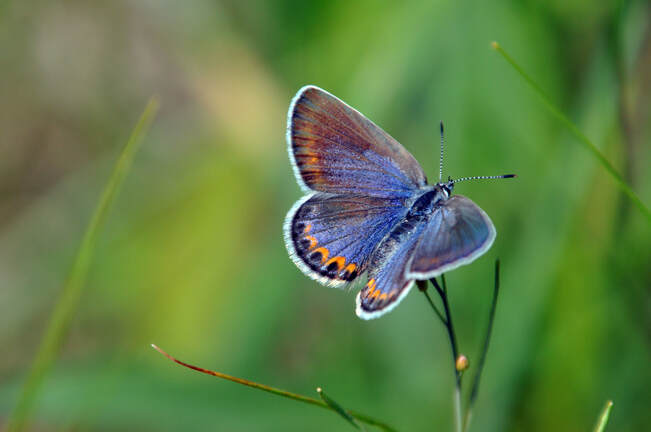
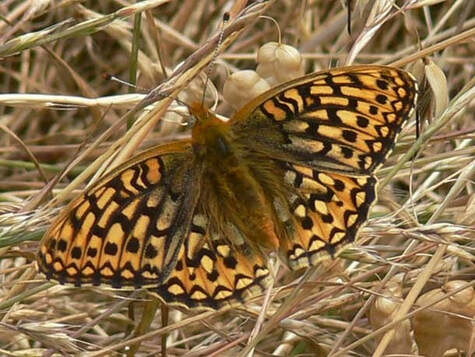
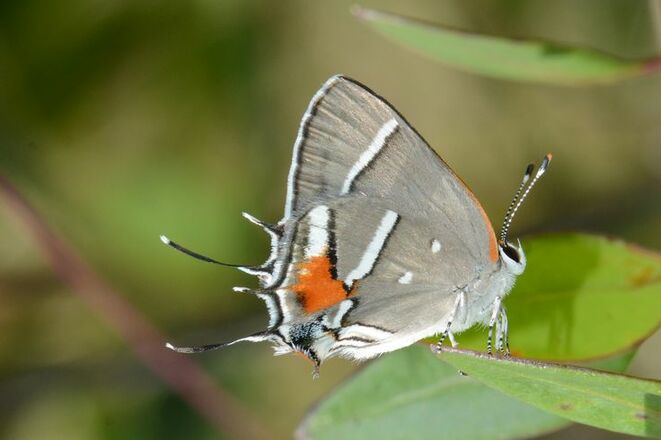
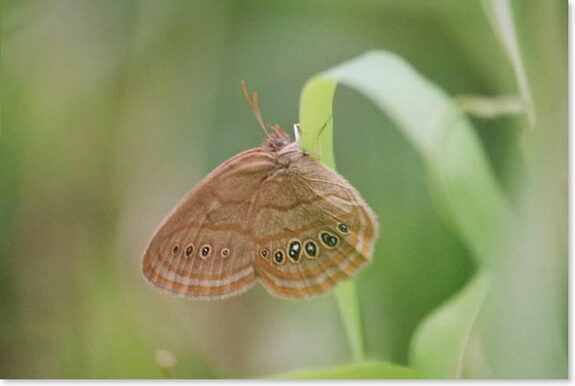
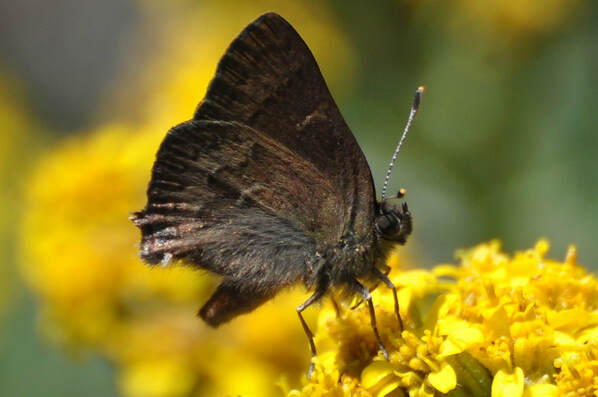
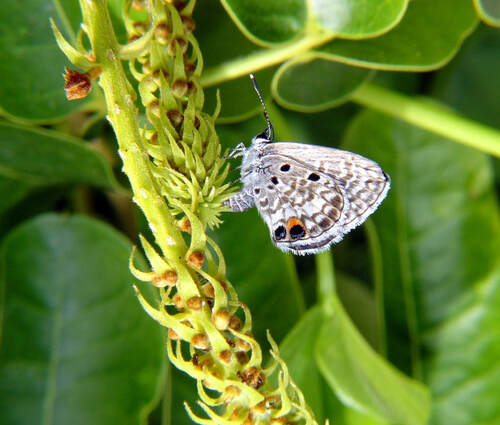
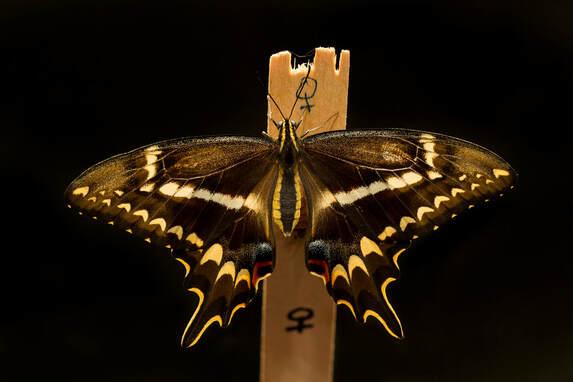
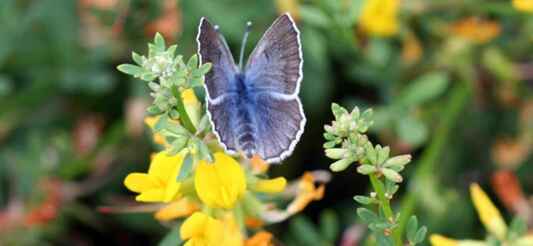
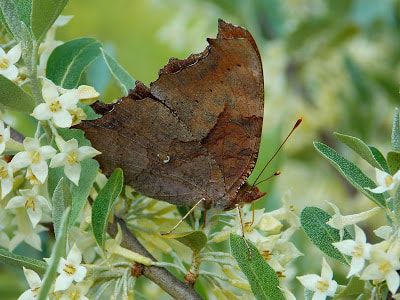
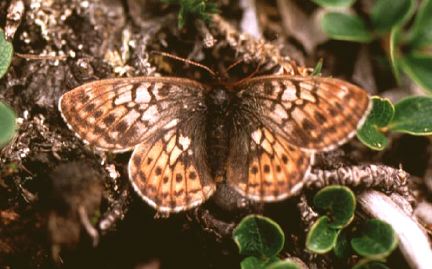
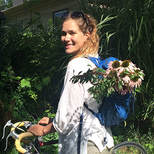
 RSS Feed
RSS Feed